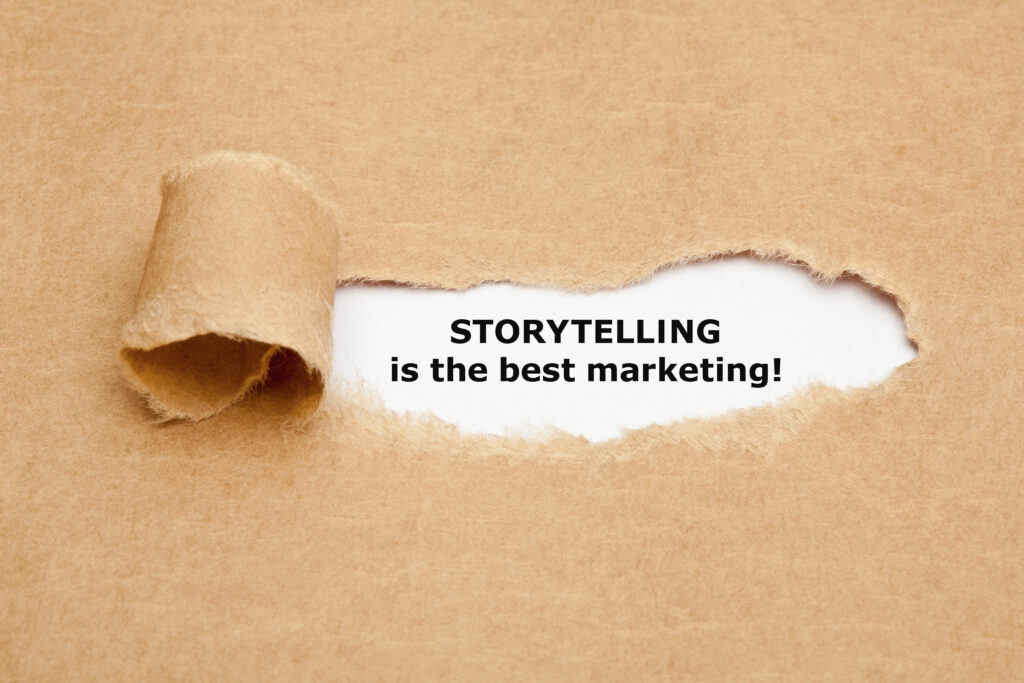
If you’ve seen or heard an advertisement that stood out, elicited strong emotion, and resonated with you, it is likely that the brand that created the ad was using the storytelling framework.
There is a proven framework to use when creating marketing content that tells a story. According to a Business to Business (B2B) video on “Building a StoryBrand,” by Donald Miller, storytelling allows advertisers to cut through the noise, get customers’ attention, and grow a business. The framework to follow when using the storytelling method includes creating a marketing campaign where a character has a problem, they meet a guide, the guide gives the character a plan, and then the guide calls them to action, the plan helps them avoid failure, and the story ends in success.
Psychologically, humans share a need for survival, safety, relationships, and self-actualization, and the storytelling method closely follows those themes. StoryBrand breaks down how to properly execute each aspect of brand storytelling:
A character
For a business, the “main character” in a marketing context is the customer. A brand should focus on the customer foremost. To compel customers, clearly articulate what customers should want within the context of your business.
Has a problem
The “problem” within a marketing campaign’s story should be personified. For example, frustration as a problem within an ad’s story is not as effective as presenting an outdated, time-consuming process that makes a customer feel frustrated. The problem presented should be relatable and singular.
Meets a guide
This step in the storytelling process is where the company comes in. The character/customer in this step meets a guide (aka the company). To position a company as a guide in a marketing context, it is important to recognize that consumers are looking for two characteristics in a business: empathy and authority.
Customer receives a plan
There are two forms of a plan within a storytelling marketing format, The Process Plan, or what steps a customer can follow to do business with the company. This includes steps such as scheduling an appointment, creating a customized plan, or executing and reviewing KPIs. The second type of plan is The Agreement Plan, which is a service level agreement that tells customers what they can count on if they make a purchasing decision.
Call to action
Customers need to be called to action; businesses must send an obvious message to customers to persuade them to act. This can be done through direct calls to action, such as “call today” or “buy now,” or transitional calls to action, which are informational, such as the ability to view blogs, webinars, videos, so the customer has more potential to be called to action in the future.
Leveraging storytelling in your brand’s marketing campaigns has the potential to increase customer engagement and brand awareness. Share Moving Media has over 30 years of experience adapting business’ marketing campaigns to succeed in the healthcare supply chain industry. If your business could benefit from the creation of online content such as blogs, podcasts, webinars, marketing material, and more to set your business apart in the medical supply industry, contact Scott Adams at sadams@sharemovingmedia.com to set up a time to meet.